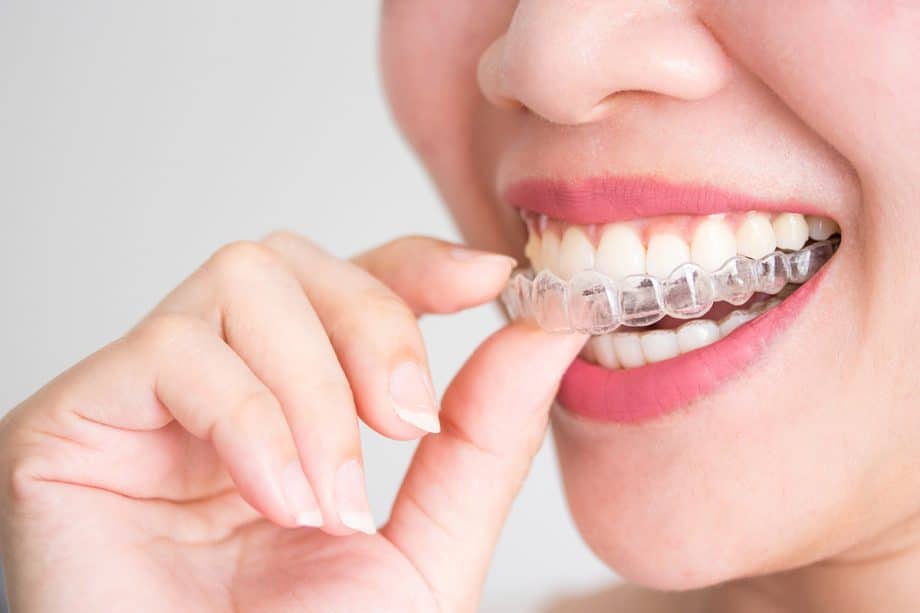Invisalign is a comfortable, discreet way to straighten your teeth. It provides relatively quick results without some of the hassles experienced by braces patients. This system works very well for many patients but has some disadvantages.
Pros and Cons of Invisalign
Pros:
Discreet
With Invisalign, your orthodontic treatment doesn't have to be a topic of conversation. You can wear Invisalign privately without attracting unwanted attention.
Comfortable
Invisalign trays are molded from clear medical-grade plastic. Smooth and free of sharp edges, these trays provide excellent comfort day and night.
Quicker Treatment
On average, Invisalign treatment takes only 12 to 18 months. Contrast this time with braces, which can take 18 months to three years.
No Food Restrictions
Metal braces require many diet adjustments, including avoiding crunchy, chewy, and sticky foods. Since Invisalign needs removal when you eat or drink, you do not need to alter your diet. Ensure you keep your teeth and aligners clean whenever you have food or drink.
Easier Oral Care
Cleaning around braces can be challenging since it involves maneuvering around wires and brackets. Aligners come out for cleaning, allowing you to brush and floss well every time.
Better Oral Health
Since you can keep your teeth much cleaner with Invisalign, you may experience less tooth decay and lower your chances of developing gum disease.
Cons:
Cost
Invisalign frequently costs more than metal braces.
Speech Affected
Invisalign may alter your speech sounds.
22 Hours Required Daily Wear
You may not see the desired results if you do not wear Invisalign for at least 22 hours daily. Forgetting to put your aligners in can lead to backsliding in your treatment and lead to less effective results.
Inconvenience
Invisalign trays need to come out when you eat or drink. While this feature is beneficial in some ways, removing the aligners and putting them back in as directed can also be inconvenient.
May Need Attachments
Some orthodontic conditions may require tooth-colored attachments bonded to your teeth. You may not see much difference between Invisalign and braces if you have several attachment points.
Easily Lost
Invisalign trays are small and streamlined, meaning they may be easy to lose.
Best for Less Complicated Cases
Invisalign can correct misaligned, gapped, and crowded teeth, but it may not be able to fix extensive issues with dental bites.
Discovering the Best Orthodontic Solution for You
While Invisalign is highly effective and works well for most patients, it has advantages and disadvantages. Weighing these points will help you start a conversation with your orthodontist about the best method.
Frequently Asked Questions About Invisalign
Why is Invisalign expensive?
Invisalign involves many types of advanced technology. The system works faster than braces and provides equally long-lasting results. Many patients are ready to invest a little more in their smiles than they would with traditional braces if they can enjoy convenience and discretion.
Do I need to get impressions for Invisalign?
Invisalign uses digital impressions with the iTero intraoral scanner. The dentist moves a small handheld wand around your mouth, taking 3-D images of your soft and hard oral tissues to create the perfect fit.
Call Desert Orthodontics
If you need orthodontic treatment but don't know which system would work best for you, please call our Las Cruces, NM, office at 575-521-0900. Our expert doctors can evaluate your smile and help you choose the optimal treatment method.
